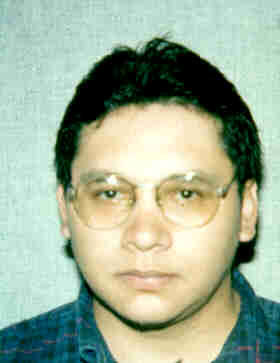
 
John Rodriguez, Ph.D.,
Silicon Technology Development, Texas Instruments
Former SaS student
|
|
|
I participated in the CRPC's "Spend a Summer with a Scientist (SaS)"
program from 1990 through 1992. In that time, I had the opportunity to
work on various research projects with faculty in the Electrical and
Computer Engineering Department at Rice. Participating in these
projects allowed me to observe the day-to-day activities of faculty
researchers and graduate students. It was through the SaS program
that I met Professor Bill Wilson and Dr. Michael Smayling, who would
later become my graduate advisors.
There were many key elements about the SaS Program that I feel contributed to my later success in graduate school. Chief among these was the support system that is primarily composed of the graduate student participants. They offered a model we could learn from and were accessible. The regular meeting sessions with Professor Richard Tapia were also extremely beneficial. Through his mentoring, we learned about making oral presentations, both technical and non-technical. In not-so-subtle ways, we were allowed to learn about the basics of research projects, how to communicate results with our peers, and how to present to others in an organized and systematic fashion. These are extremely valuable skills that I feel laid a foundation for my graduate studies and which I still use today. The summer program allowed me to experience small successes, which were actual completions of my projects. Together with all of the other pieces of the program, I was allowed to grow and to learn. This gave me confidence and I learned how to become a professional. I had the opportunity to work with a student this past summer, and being a mentor helps me see that we can set high expectations, yet at the same time be sensitive enough to show students a path and provide them the tools they will need to be successful. I want to thank Professor Tapia for all of his efforts in SaS and similar programs. In addition, I want thank the CRPC and the Rice faculty who participate and contribute to the success of the program, one student at a time. |
|
 Other Issues of
PCR Other Issues of
PCR |  Back to PCR Back to PCR |  CRPC Home Page CRPC Home Page |
